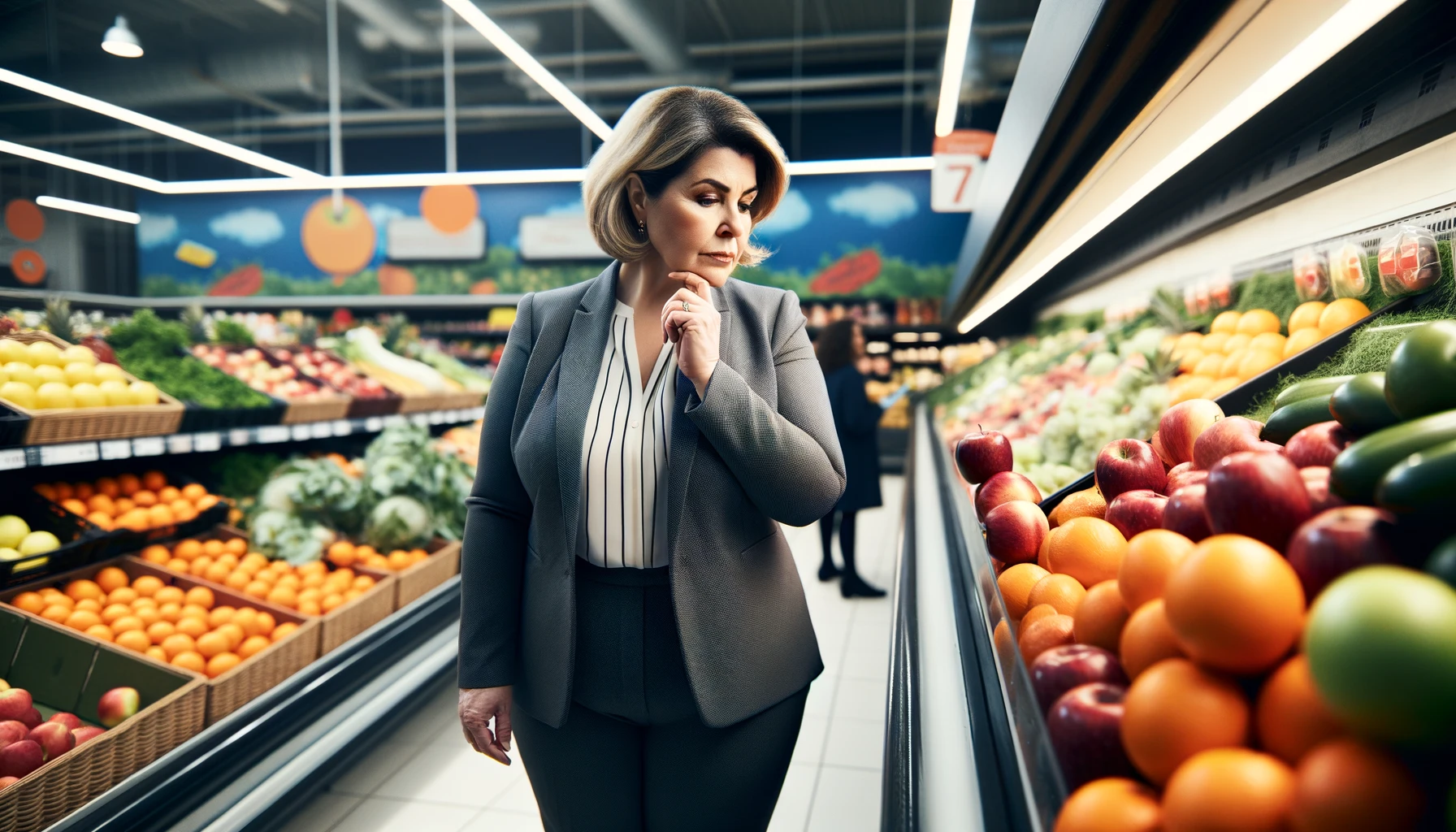
I often get asked whether to eat organic or non-organic food. It impacts where we shop, what we spend, and whether we feel good about our food choices. The good news is that finding organic food is easier than ever. The not-so-good news is that it is still a challenge in many areas.
Local health food stores are often significantly more expensive and have fewer options. I am all about supporting local businesses; however, paying double or triple for groceries can be impossible. Big box stores like Costco have many organic foods now and present an option for members. The drawback is that you are buying large quantities, and once you step into Costco, you will likely not get out under $100. Something in the air will magically cause you to buy two items and come out $150 later.
What to do. If you are committed to eating healthier, certain foods do need to be organic. Other foods, not so much. If your budget allows for all organic and you can find it, go for it. Most of us must make choices involving availability and price.
Not all organic purchases yield the same dividends for your health or the environment. Here’s a savvy shopper’s guide to when you should opt for organic and when you can stick to conventional, saving you time and money. The following information is from the Environmental Working Group’s 2023 list. You can sign up here to receive their 2024 lists, which will be out soon.
I don’t care for most of the organic sweet potatoes I have found. So, with sweet potatoes (and I eat them very often), I go with non-organic. When I am in a hurry and running into a local grocery store, I do not necessarily buy organic. I have learned that going to Whole Foods is often less expensive and better quality, so I will plan meetings in the town where Whole Foods is. Being an Amazon Prime member gets you additional discounts and Prime Points at Whole Foods.
Go Organic: The “Dirty Dozen”
The Environmental Working Group (EWG) publishes an annual list called the “Dirty Dozen,” highlighting fruits and vegetables with the highest pesticide residues. If your budget allows, consider buying these items organic:
- Strawberries
- Spinach
- Kale
- Nectarines
- Apples
- Grapes
- Peaches
- Cherries
- Pears
- Tomatoes
- Celery
- Potatoes
Due to their thin skins or leafy exteriors, these foods often retain more pesticides. Opting for organic versions can reduce your exposure to these chemicals.
Save Your Money: The “Clean Fifteen”
Conversely, the EWG’s “Clean Fifteen” lists fruits and vegetables least likely to contain pesticide residues. These are safer to buy non-organic:
- Avocados
- Sweet corn
- Pineapples
- Onions
- Papayas
- Sweet peas (frozen)
- Eggplants
- Asparagus
- Cauliflower
- Cantaloupes
- Broccoli
- Mushrooms
- Cabbage
- Honeydew melon
- Kiwi
These items often have thicker skins that protect the interior from pesticides, or they’re less likely to be heavily treated with pesticides in the first place.
Conclusion – Do the best you can!
Making thoughtful choices about when to buy organic can help you prioritize your health and environmental impact while keeping an eye on your budget. Remember, the best diet is not only about the organic label but also about including various fruits and vegetables, whole grains, lean proteins, and healthy fats. So, shop smart, eat well, and enjoy the journey to a healthier you.




